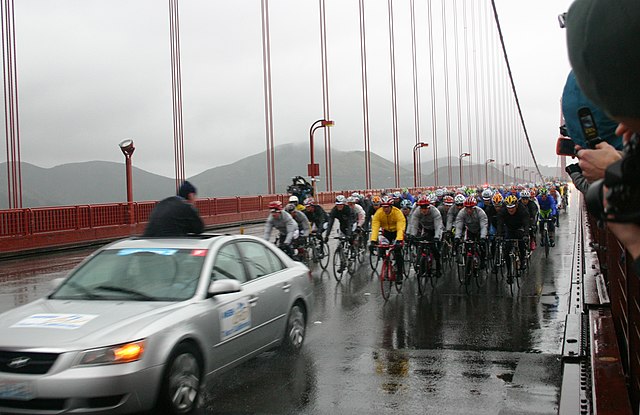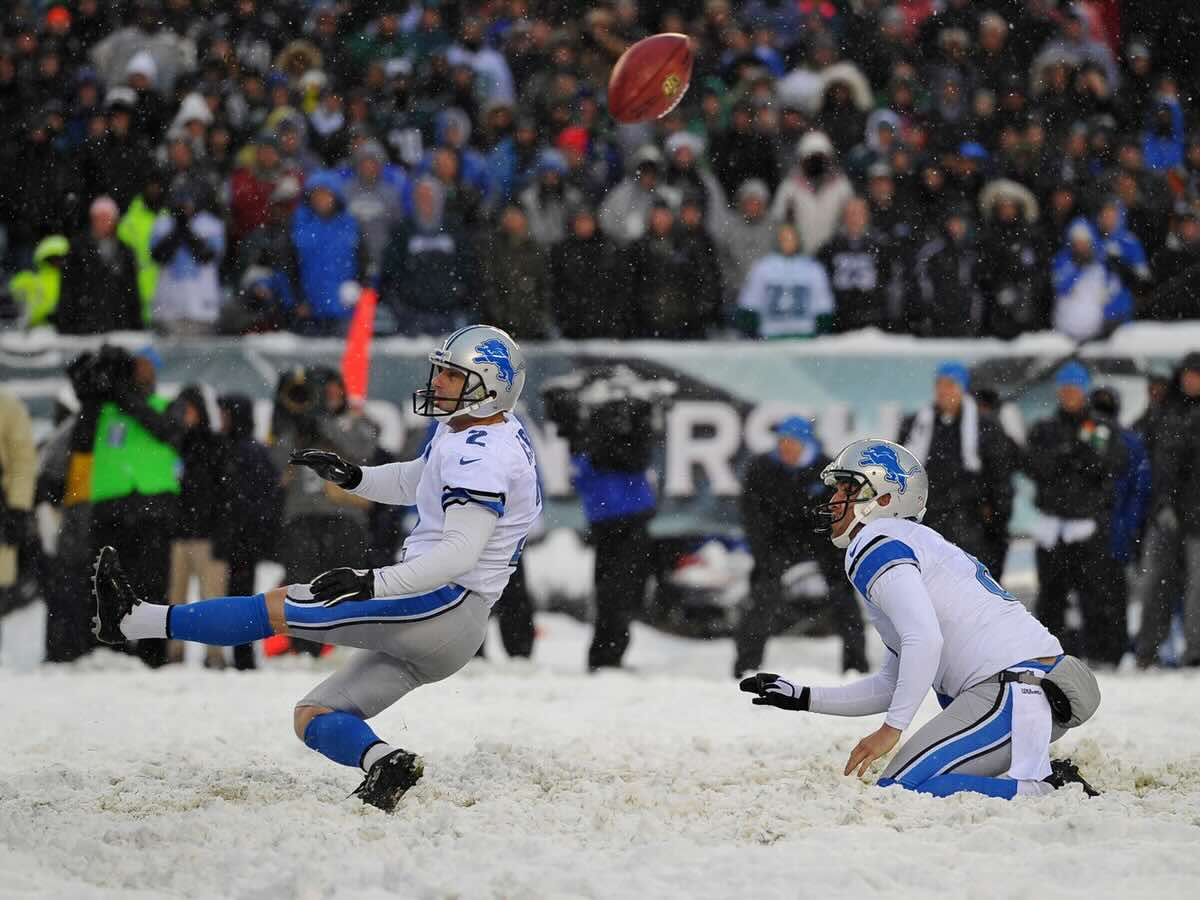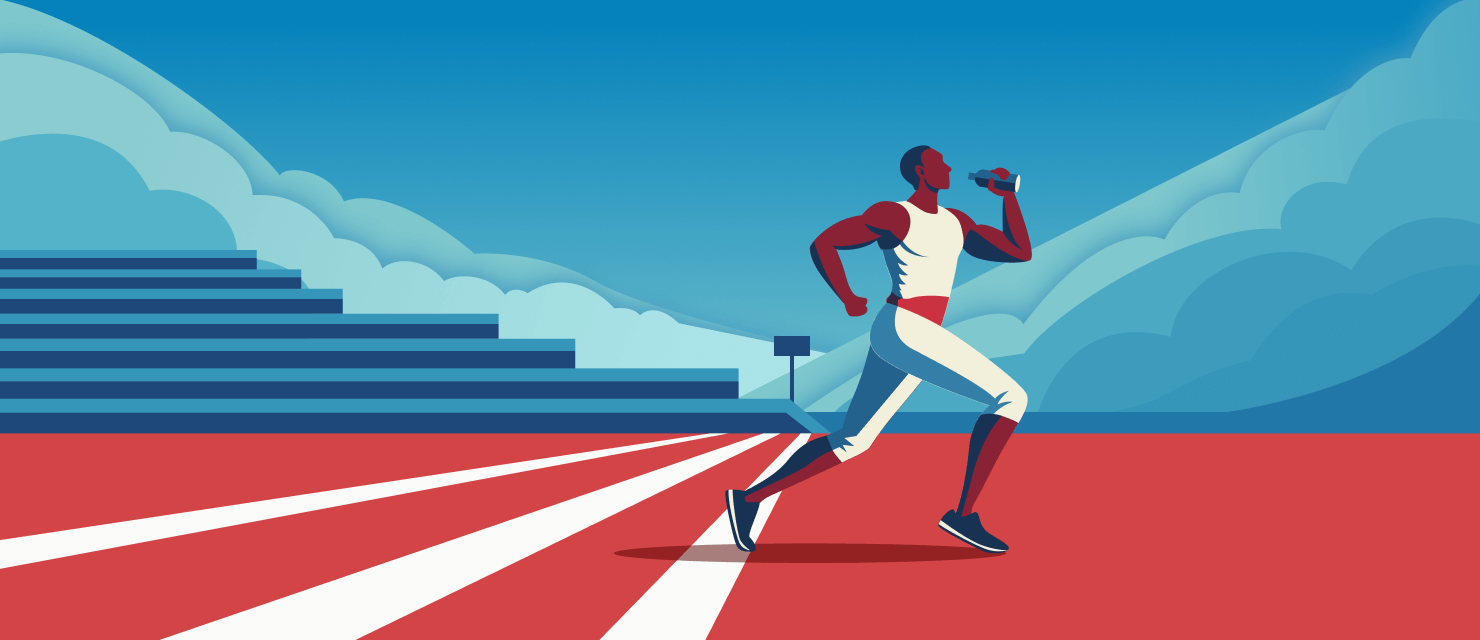The roar of the crowd, the squeak of sneakers on the court, the crack of the bat - these are the sounds synonymous with athletic competition. But beneath the surface of any great game lies another factor, often underestimated yet undeniably influential: weather. From the scorching desert sun to a brisk autumn breeze, weather conditions can significantly impact an athlete’s performance.
Amidst the Paris Olympic Games we’d like to explore how weather affects sports. This blog post dives into the fascinating interplay between the weather and sports, explaining how temperature, humidity, and wind can affect performance of the athletes.
Weather Effects on Athletic Performance: Temperature
Heat and sports performance are closely connected, as temperature plays a central role in regulating our bodies’ internal environment. During exercise and sports, muscles generate heat, and the body works hard to maintain a constant core temperature. This process, called thermoregulation, involves sweating and increased blood flow to the skin’s surface. However, hot weather throws a wrench into this system.
What is the impact of temperature on athletes? In high temperatures, the body struggles to expel excess heat. This can lead to heat exhaustion, characterized by fatigue, dizziness, and nausea. If left unchecked, it can progress to heat stroke, a life-threatening condition with symptoms like confusion, seizures, and coma.
Athletes who compete in hot weather are at a greater risk of these conditions. Studies have shown that performance in endurance events like marathons and cycling races significantly drops when temperatures exceed a certain threshold. Athletes may experience muscle cramps, decreased coordination, and difficulty concentrating.
Example: The 2007 Chicago Marathon, nicknamed “The Marathon from Hell”. was halted mid-race due to extreme heat, which led to numerous heat-related illnesses among participants.
 Source: Lawrence Journal World
Source: Lawrence Journal World
By the way, Rain Viewer has recently added a new temperature layer to the map. With this layer, athletes, coaches, and event organizers can quickly check the map for temperature changes at sports venues around the world during the next 24 hours. After that, they can make necessary adjustments to the planned athletic activities.
Strategies for Beating the Heat
- Hydration. Athletes must drink a lot of water in hot weather to avoid dehydration. Replacing lost fluids through sweat helps maintain blood volume and thermoregulation.
- Acclimatization. Gradual exposure to hot weather over time allows the body to adapt and improve its sweating efficiency.
- Clothing choices. Loose-fitting, lightweight, and breathable clothing helps dissipate heat from the body.
Humidity and Sports
Humidity refers to the amount of water vapor in the air. High humidity makes it harder for sweat to evaporate from the skin, hindering the body’s ability to cool down. This can exacerbate the problems associated with hot weather and further limit performance.
In humid environments, athletes experience a greater perceived exertion level for the same intensity of exercise. This can lead to fatigue and a decrease in exercise capacity, especially for endurance athletes.
While not as detrimental as extreme heat, high humidity can still pose challenges. Athletes competing in humid conditions may need to adjust their training and competition strategies to account for the increased strain.
How to Cool the Body in Heat and Humidity
- Cooling techniques. Pre-cooling the body with a cold shower or misting can be helpful before exercise. Wearing a cooling vest during breaks can also provide temporary relief.
- Electrolyte replacement. Sweat loss in humid conditions can lead to electrolyte depletion. Sports drinks containing electrolytes can help maintain hydration and performance.
- Clothing considerations. Opt for moisture-wicking fabrics that draw sweat away from the skin. Avoid cotton clothing as it absorbs and retains sweat.
Wind and Sports Performance
Wind can have a complex impact on sports and outdoor activities, depending on its direction and speed.
A tailwind blowing in the same direction as the athlete’s movement can provide a helpful boost, improving performance in activities like running and cycling. Conversely, a headwind acts as a resistive force, increasing the effort required to maintain speed.
 Source: Cah1, Public domain, via Wikimedia Commons
Source: Cah1, Public domain, via Wikimedia Commons
Wind can also affect sports that involve projectiles, like golf and baseball. Crosswinds can alter the flight path of a ball, requiring adjustments in aim and technique. Additionally, high wind speeds may disrupt play in sports like tennis and soccer, making it difficult to control the ball and maintain accuracy.
Mastering the Wind
- Adjusting the technique. Analyze the wind direction and adjust your technique accordingly. In headwinds, lean forward slightly for better aerodynamics. In tailwinds, maintain proper form to avoid overextending yourself.
- Strategic use of wind. In sports like sailing and cycling, understanding wind patterns and using them strategically can significantly enhance performance. Practicing in windy conditions. Regular training in windy conditions helps athletes adapt and develop the necessary skills to perform effectively.
Other Effects of Weather and Climate on Sport
While temperature, humidity, and wind are the most significant weather factors impacting sports, other environmental conditions can also play a role.
- Precipitation. Rain and snow can make playing surfaces slippery, increasing the risk of injuries. They can also affect visibility and ball control in some sports.
- Altitude. High altitude reduces the amount of oxygen available, making it harder for athletes to maintain energy levels during exercise.
Example: The “Snow Bowl” game between the Philadelphia Eagles and Detroit Lions in 2013 was played during cold weather and in blizzard conditions, which heavily impacted gameplay.
 Source: Jeffrey G. Pittenger-USA TODAY Sports
Source: Jeffrey G. Pittenger-USA TODAY Sports
Conclusion: Weather as a Strategic Element
Understanding the impact of weather on sports performance is crucial for athletes, coaches, and event organizers.
By anticipating weather conditions and implementing appropriate strategies, athletes can optimize their performance and reduce the risk of heat-related illnesses. Coaches can adjust training plans and competition tactics to account for the weather’s influence. Event organizers can schedule competitions for times with more favorable conditions and implement measures to mitigate the effect of weather on sport.
Ultimately, weather becomes another strategic element in the world of sports, adding a layer of complexity and demanding both physical prowess and mental adaptability from athletes. By recognizing and respecting the power of weather, athletes and those who support them can navigate the challenges and celebrate the triumphs of competition under any sky.






